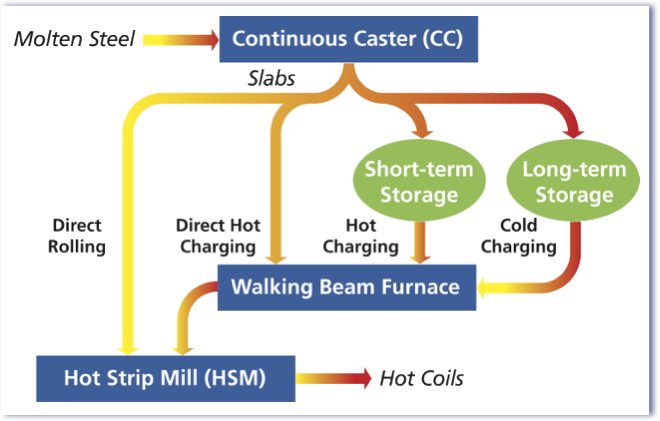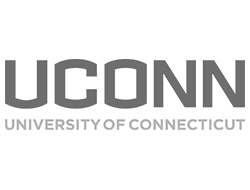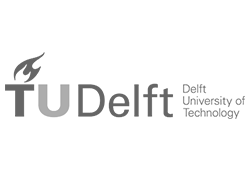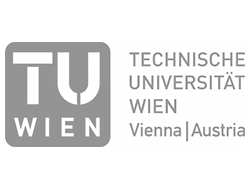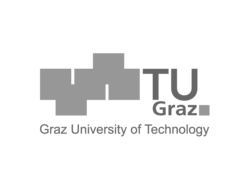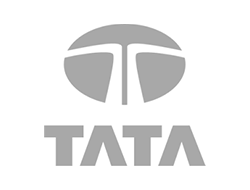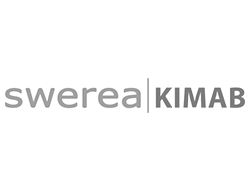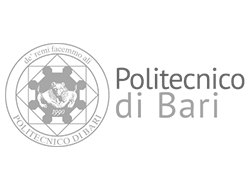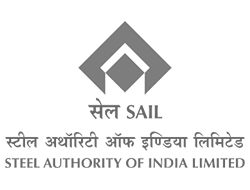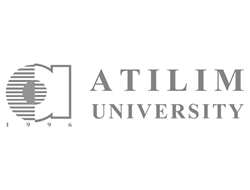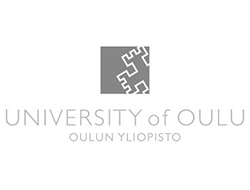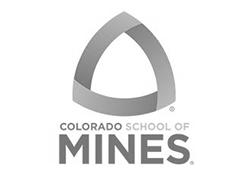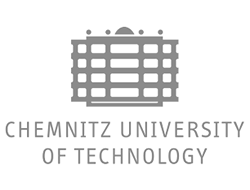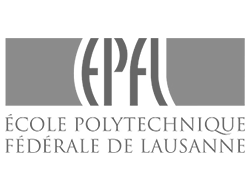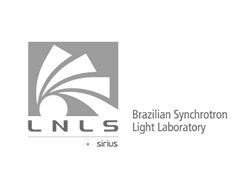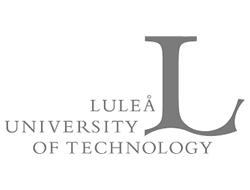HDS-V40 Direct Rolling Simulator
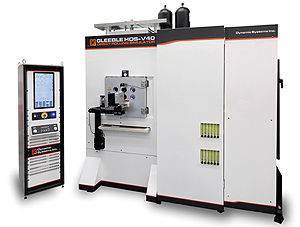 |
A New Technology for Process DevelopmentContinuous casting followed by direct rolling (CC-DR) offers steel makers the opportunity for substantial energy savings and reduced capital expenditures which in turn can reduce cost. Development of continuous casting and semi-solid rolling offers even greater cost saving potentials but widespread commercialization presents new technical challenges. Until now most developments in CCDR and semi-solid rolling have been made using pilot mills or full size mills for experimental work. These methods are costly, and instrumenting the process in a mill application is difficult. The alternative method has been to use laboratory melting apparatus or traditional hot deformation machines.
|
|
|
These, however, can only study one step of the process. In order to study CC-DR and semi-solid rolling processes in greater detail than existing laboratory methods and at lower costs than mill trials, a new laboratory physical simulator, the model HDS-V40, has been developed by Dynamic Systems Inc. Introducing the HDS-V40
The Thermal and Mechanical SystemsThe HDS-V40 uses direct resistance heating—developed on the world-renowned Gleeble—and expands the technology to utilize larger specimens to allow subsequent properties testing on the specimen material after deformation. An innovative melting containment system features a crucible that holds the molten material in place and can be removed under computer control prior to deformation. The HDS-V40 has two 40-ton hydraulic systems—opposed to each other—that deform the specimen in equal amounts for true plain strain deformation. Maximum stroke rate is 1.7 meters per second; minimum stroke rate is 0.1 millimeters per second. Each mechanical system is equipped with its own internal Hydrawedge‚ for precise control of strain and strain rate. Large sample sizes are accomodated in the HDS-V40 with standard samples of 10 mm x 50 mm x 152.4 mm (.39in x 1.97in x 6in).
Powerful Digital Control and Data Collection System The machine utilizes two computer systems. One computer system is used to store all of the HDS-V40 programs and run the machine. The second computer is used to create test programs, download programs to the control computer, gather all the data from the measuring systems on the machine and analyze and print the data. The control computer is standalone and can run the machine independently from the second computer. This permits data plotting of prior tests using the second computer while a new test is being performed using the control computer. Alternatively, the machine may be run manually from the front panel controls on the control console. The data acquisition system can acquire 16 channels of data at up to 50,000 samples per second. Unprecedented FlexibilityNo other system offers so much flexibility to perform melting, solidification and deformation simulations in so many different ways. The HDS-V40 can perform plane strain deformation and model deformation in different parts of the melt zone—in either the semi-solid material or in the previously melted and re-solidified material. Simulations can be performed in controlled atmospheres. In addition, the deformation anvils have separate heating controls so that the temperature of the anvils can be adjusted independently of the specimen. This allows the operator to simulate the temperature of the rolls as they contact the slab. An optional laser dilatometer allows collection of transformation data as the specimen cools. Applications of the HDS-V40 include:
The HDS-V40 can perform melting, solidification and hot deformation on a specimen in-situ in a single experiment allowing simulation of any of the these processes, from continuous caster to hot strip mill.
The HDS-V40 at a Glance
For additional information and customization options, please contact us at info@gleeble.com or +1 (518) 283-5350.
|
||

 The HDS-V40 is the only commercially available laboratory system capable of simulating direct rolling, from the continuous caster to the end of the hot rolling process, all in one continuous sequence using a single specimen. For the first time ever, steel makers can explore the promise of continuous casting and direct rolling (CC-DR) on an affordable, reproducible laboratory scale. In addition to direct rolling, this system can be used for simulating semi-solid rolling (liquid metal core reduction), plane strain compression, hot rolling and forging.
The HDS-V40 is the only commercially available laboratory system capable of simulating direct rolling, from the continuous caster to the end of the hot rolling process, all in one continuous sequence using a single specimen. For the first time ever, steel makers can explore the promise of continuous casting and direct rolling (CC-DR) on an affordable, reproducible laboratory scale. In addition to direct rolling, this system can be used for simulating semi-solid rolling (liquid metal core reduction), plane strain compression, hot rolling and forging.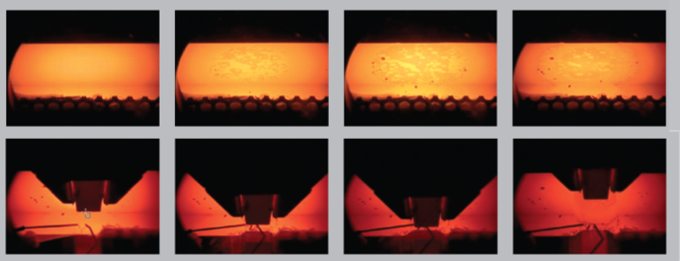 Pictured above: a standard sized sample (10 mm thick x 50 mm wide x 152.4 mm long) undergoes melting, solidification and hot deformation in the HDS-V40.
Pictured above: a standard sized sample (10 mm thick x 50 mm wide x 152.4 mm long) undergoes melting, solidification and hot deformation in the HDS-V40.